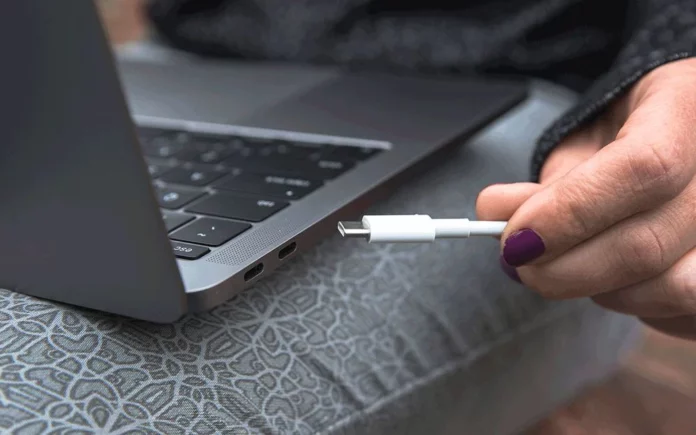NEW DELHI: The government’s plan to implement a one-charger policy similar to the one implemented by the European Union has divided the Indian electronics industry (EU).
To eliminate the need for consumers to buy separate charges for various gadgets, the EU wants electronics products to utilize standard chargers. While phone manufacturers have been transitioning to standard chargers for a few years now, experts say it will be challenging for manufacturers of other devices, such as laptops.
“The time has come to acknowledge that having 10–14 chargers in urban homes is a complete resource waste” Ajai Chowdhry, the creator of HCL and the head of the business alliance EPIC Foundation, made this statement. ” Avoid taking steps that would create the third-largest country in the world in terms of e-waste, “Added he.
The central concern in the EU proposal is also e-waste. The European regulator ordered electronics manufacturers to switch to USB Type-C as the default charging interface by September 2024 in July. In light of the implications for companies like Apple Inc., which employs exclusive charging standards for its iPhones and Macs, it subsequently extended the deadline to January 2028. India, certainly, is hesitant to finalize a policy before weighing its benefits and drawbacks.
There is anxiety in the business, according to Ali Akhtar Jafri, acting director general of trade organization Manufacturers Association for Information Technology (MAIT) and a one-charger restriction can affect production because fewer people will need chargers. ” We asked the consumer affairs ministry to track the adoption of the single charger by the EU.”
Furthermore, according to experts, proprietary chargers are an extra source of income for many businesses because consumers must buy replacement chargers if their current one breaks. “This is accurate for computers, however it depends on the wearables’ design. Each brand has a unique design since the product’s real estate is too small to accommodate a similar connector, according to Navkendar Singh, associate vice-president for devices research at IDC India, South Asia, and ANZ.
Chowdhry concurred that it will be difficult to execute a single-charger policy as USB Type-C is highly expensive. Laptop and budget phone manufacturers might not be able to employ it.
“The use of USB Type-C or micro-USB connectors has already become standardised in the mobile industry. The majority of phones (97-98%) use the two. The problem is laptops since every one of them uses a different charger, according to Pankaj Mohindroo, chairman of the India Cellular and Electronics Association (ICEA).
According to IDC’s Singh, 10% of smartphones in India still use the older micro-USB standard.
The demands for power delivery may cause some PC gamers to be unsure. Devices utilized for graphically demanding applications and gaming laptops need power delivery of 240W or higher. They will have to use more expensive charges for this, which will reduce their profits, however slightly.
Follow and connect with us on Facebook, LinkedIn & Twitter

